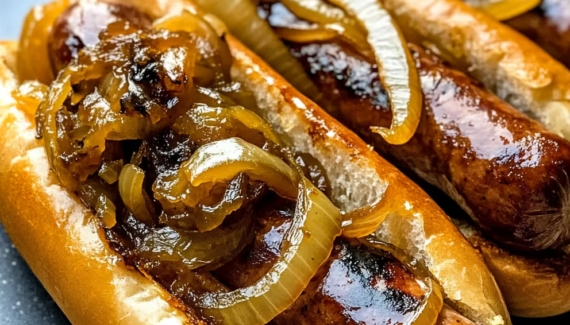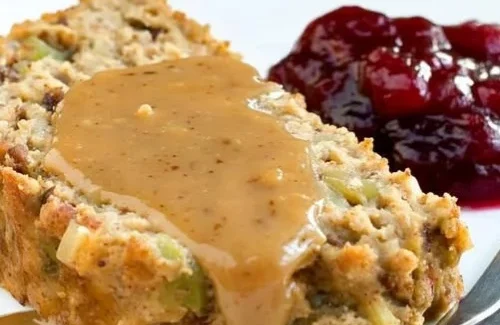
Step 2: Mix the Dry Ingredients
In a large bowl, combine:
- 1½ cups cornmeal
- ½ cup flour
- 1 tsp salt
- 1 tsp baking soda
Use a wooden spoon or whisk to evenly incorporate the ingredients. In the early 20th century, finely sifting wasn’t common, so a gentle stir is all that’s needed.
Step 3: Add the Wet Ingredients
To the dry mixture, add:
- 2 cups of buttermilk (or 2 cups milk + 1 tbsp vinegar/lemon juice, let sit 10 mins)
- 1 egg (optional, as some older recipes omitted it)
- 2 tbsp melted lard or bacon grease
Stir until just combined. The batter should be thick but pourable. Overmixing was avoided back then, as it made the bread tough.
Step 4: Prepare the Skillet
Remove the hot skillet from the oven (be careful — it’s extremely hot). Add a small spoonful of lard or grease and swirl to coat the bottom and sides. Pour the batter directly into the hot skillet. You should hear a slight sizzle — that means the crust is forming!
Step 5: Bake to Golden Perfection
Return the skillet to the oven and bake for 20–25 minutes, or until the top is golden brown and a toothpick inserted in the center comes out clean. The edges should pull slightly away from the pan.
Step 6: Rest and Serve
Let the cornbread rest in the skillet for 5–10 minutes before slicing. This allows the texture to firm up and makes cutting easier.
Traditionally, this cornbread was served with:
- Buttermilk on the side
- Stews or beans
- Collard greens
- Fresh churned butter
Tips from 1910 Kitchen Wisdom
- No sugar: Cornbread in 1910 was savory, not sweet — sugar was considered a luxury in many homes.
- Lard over butter: Animal fats were commonly used and gave the cornbread a distinctive flavor.
- Cast iron is king: It wasn’t just tradition; cast iron retains heat and creates that unbeatable crust.
Modern Adaptation Ideas
While this recipe stays true to its roots, you can experiment by:
- Adding chopped jalapeños or onion
- Mixing in shredded cheddar
- Using blue cornmeal for a colorful twist
Final Thoughts
The 1910 cornbread isn’t just food — it’s a story baked in a skillet. It reminds us of simpler times when meals were made from scratch, shared around a wood stove, and flavored with love and patience. Making this cornbread brings a piece of that history into your kitchen today.
Serve it warm, crumbly, and with pride.








No Responses Yet